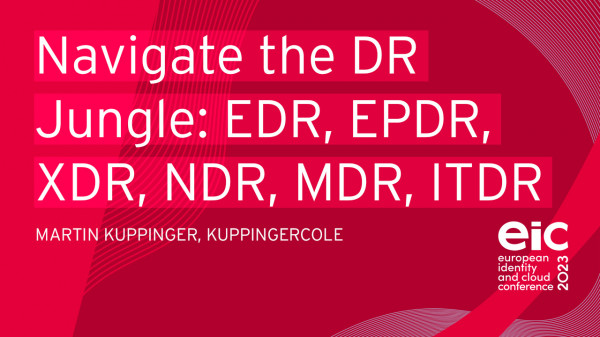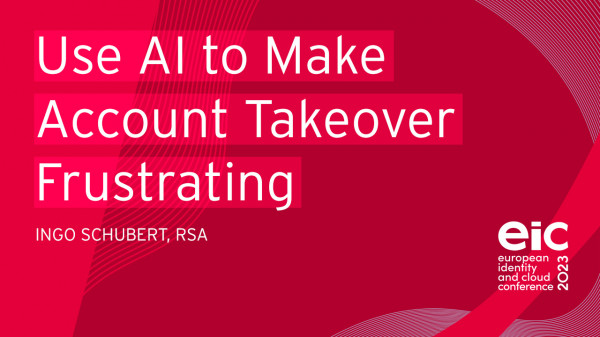|
OAuth 2.0 is a widely adopted standard for authorization, but it can be complex to implement correctly. It's not uncommon for developers to have difficulty understanding the nuances of the OAuth 2.0 flow and instead rely on simpler approaches such as using API keys in "god mode." |
ITDR: Is this really something new, given that around 80% of the cyberattacks are identity-related, from password phishing to bypassing MFA? Is it a separate discipline or just a part of XDR (Extended Detection and Response)? Or a new name for what Access Management and FRIP already do?
As always, there is something new and relevant in this. The fundamental question for many organizations will be on how to address the identity threat challenge best. Does it require new or different tools, or just a different use of what is already there? What to look for specifically? And how to reduce the risk of identity-based attacks? Is ITDR the core, or better identity protection? These questions will be answered in this session to help you navigating through the buzzword jungle.

Sure, MFA goes a long way in preventing account takeover but it is only one layer. Using AI to look at identity data to evaluate risk can add an additional layers – not only to prevent takeover but mitigate the impact once a takeover happened.
